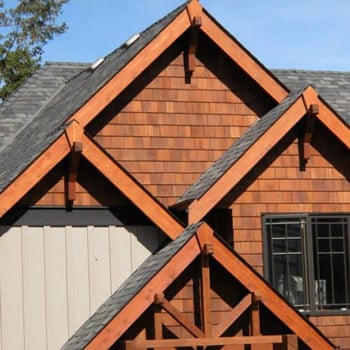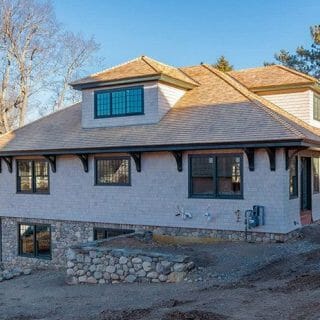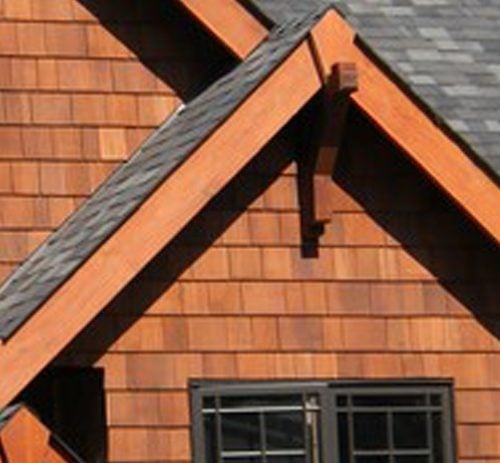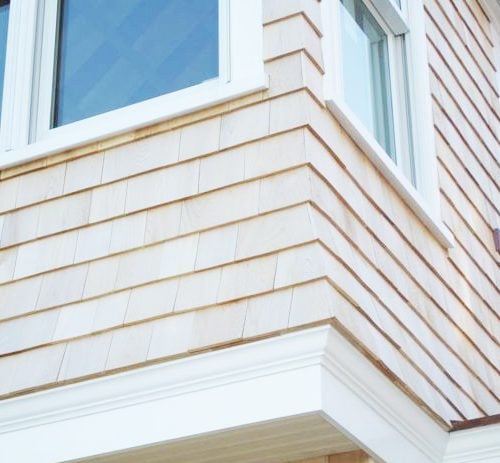Siding Shingles
Cedar Shake Siding
Cedar Shake Shingles
Cedar Shingle Siding
Cedar Shingles
Cedar Shakes
Cedar Shakes Siding
Cedar Shake Shingles
Cedar Shingles Siding
Cedar Siding
cedar siding shingles
Cedar Shake Siding
Cedar Shingle Siding
Cedar Shakes Shingles
Cedar Shake Siding – Wood Shingle Siding Cedar Shake | All of our Cedar Siding, Siding Shingle Panels, Siding ShinglesCedar Shakes Siding are machine trimmed for parallel edges and have smooth butts with all four corners sawn at right angles. Our Cedar Shingle Siding are available in a variety of factory finished options to suit your specific project.

SIMILARITIES BETWEEN SHAKES AND SHINGLES
All wood based roofing shakes and shingles come from some type of tree, whether it’s cedar, pine, redwood, or cypress, although we’re partial to western red cedar shakes and shingles for their outstanding quality, beauty and performance.
Both
cedar shakes and cedar shingles
are durable and age well, providing long-lasting performance for at least 50 years if properly maintained. They also can be treated to be fire-resistant and prevent premature decay.
DIFFERENCES BETWEEN SHAKES AND SHINGLES
Most of the differences between cedar shakes and shingles take place during the manufacturing process and installation. First, let’s take a look at the making of a western red cedar shake:
The shake is hand-split from a log and shape into a block. These shake blocks are then split either by hand using a special tool or by the hydraulic press into one-inch slats referred to in the trade as blanks. If the crafter splits the cedar block without flipping it over, it will be uniform in thickness. But if the block is flipped after removing a blank from each edge, then a tapered shake is produced.
Now, let’s take a look at the manufacturing process of a Cedar Shakes Siding, Cedar Shake Siding, cedar shingle:
A circular saw cuts a shingle from a block of cedarwood. Each pass of the saw creates a tapered cut, all of the same thickness. Another type of saw is used to trim the edges and remove any irregularities along the edges. The process results in a shingle that is tapered on all sides.
So in terms of appearance differences, wood shakes are thicker than shingles. And since a shake is split, it follows the grain more closely than a shingle, which has some cross-training. Wood shakes also have uneven surfaces, while shingles are smooth.
When cedar shakes siding are installed, overlapping layers of roofing felt need to be placed between the shake layers. With cedar wood shingles, the thick, lower ends need to be installed on wood strips over a layer of felt to promote quick drying after wet weather.
Rebutted & Rejointed Cedar Shakes Siding and Cedar Shingle Siding are manufactured specifically for use on exterior and interior wall surfaces. They are a low-maintenance siding product that adds decades of beauty, texture, durability and insulating qualities to any project, whether it is new construction or a renovation.
All of our Siding Shingles “Alaskan Yellow Cedar, Western Red Cedar, Eastern White Cedar” are machine trimmed for parallel edges and have smooth butts with all four corners sawn at right angles. They are available in a variety of factory finished options to suit your specific project. We provide a wide range of color options including a custom matching process, making your choices virtually limitless. Cedar Siding Shingles provide the highest insulation value of any siding product on the market and are manufactured from a 100% renewable resource making it the environmentally sound choice.
There are three species of Cedar R&R available. Please click on the pictures below for more information and pricing.




